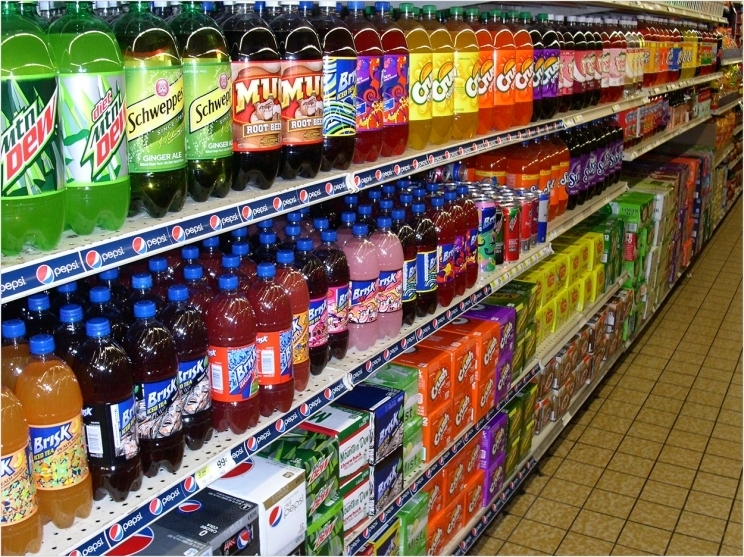
Excessive consumption of sugar-sweetened beverages (SSBs) can lead to tooth decay as well as systemic issues like obesity, heart disease, and diabetes, prompting researchers at the Tufts University Friedman School of Nutrition Science and Policy to chart consumption among different demographic groups in 185 countries.
“These preliminary data derived from the Global Dietary Database project can help inform nutrition transitions over time, the impacts of these beverages on global health, and targeted dietary policy to improve diet and health,” said lead author Laura Lara-Castor, a doctoral student at the school.
“Notably, sugar-sweetened beverage and fruit juice intake was highest in the Latin American region, where both commercial and homemade sugar-sweetened beverages and fruit drinks are widely consumed,” said Lara-Castor.
“Milk intake was highest in the high-income region, including countries such as Sweden, Iceland, and Finland, where dairy farming is more widespread and dairy consumption has been traditionally a major part of the diet,” said Lara-Castor.
The research is based on 2015 data from more than 1,100 surveys representing 6.78 billion people worldwide, along with data on beverage availability and other information.
SSB consumption was highest in Mexico, where the average adult drank more than 19 ounces or about 2.5 cups per day, followed by Suriname and Jamaica, where adults drank nearly 15 ounces per day. The lowest intake was in China, Indonesia, and Burkina Faso.
Fruit juice intake was highest in Colombia (about 11 ounces or 1.4 cups per day) and the Dominican Republic (nearly 10 ounces per day) and lowest in China, Portugal, and Japan.
Milk consumption was highest in Sweden (more than 10 ounces of 1.3 cups per day), followed by Iceland and Finland, where adults drank just over 9 ounces per day, on average. China, Togo, and Sudan showed the lowest average milk intake.
Within regions and countries, beverage consumption was generally highest among younger people, those who had attained a higher education level, and those living in urban areas.
The study, “Global, Regional and National Consumption of Major Beverages in 2015: Systematic Analysis of Country-Specific Nutrition Surveys Worldwide,” was funded by the Bill & Melinda Gates Foundation. It was presented at Nutrition 2019, the American Society for Nutrition’s annual meeting, held June 8 to June 11 in Baltimore.
Related Articles
Undetected Diabetes Linked to Periodontitis and Heart Attacks
Philly’s Sugary Beverage Sales Drop 38% After Tax
Kids Who Don’t Drink Water Consume Twice the Calories of Those Who Do











